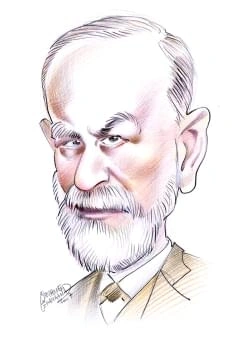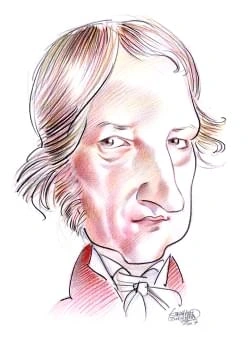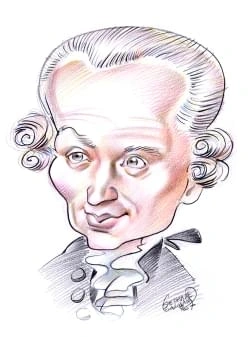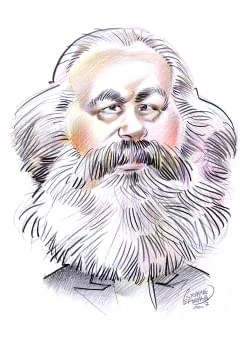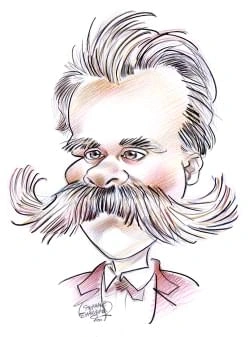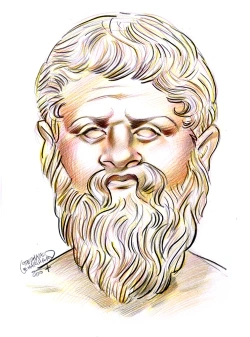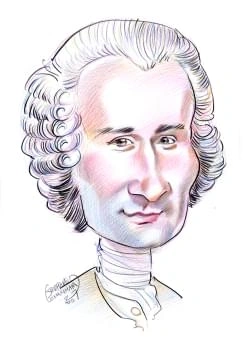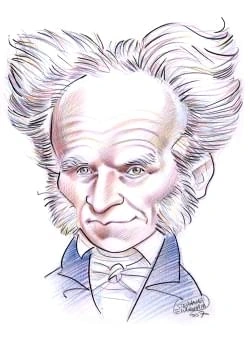259 résultats pour "rites"
-
From Bulfinch's Mythology: Druids - anthology.
Besides these two great annual festivals, the Druids were in the habit of observing the full moon, and especially the sixth day of the moon. On the latter they soughtthe Mistletoe, which grew on their favourite oaks, and to which, as well as to the oak itself, they ascribed a peculiar virtue and sacredness. The discovery of it was anoccasion of rejoicing and solemn worship. 'They call it,' says [1st-century Roman encyclopedist] Pliny [the Elder], 'by a word in their language, which means 'heal-a...
- Hume et l'identité personnelle ou le moi
-
La logique est-elle incapable de définir la vérité ?
n y a des critms (omuils tlè la Ylritl .,. log;q. •M·H• On peut poser trois principes comme critères universels de la vérité simplement formels (ou logiques): le principe de non-contradiction , le principe de raison suffisante et le principe du tiers exclu. La non-contradic- avec elle-même, c'est également vraie. En effet, tion est la condi- «l'accord d'une connais- s'il y avait quelque chose tion première sance avec les...
-
campagnes, histoire des
1
PRÉSENTATION
campagnes, histoire des, histoire de l'espace rural, par opposition à l'histoire des villes.
seigneurie apparaît comme le pouvoir local par excellence, mettant en place le système de la vassalité. Le seigneur capte le banum, ou ban, pouvoir royal à l’origine ; il exerce également la justice et peut donc condamner ou arbitrer des conflits ; il prélève des taxes diverses sur le commerce et met en valeur la réserve seigneuriale enpartie grâce à de multiples corvées (charroi, labours) ; il perçoit les banalités qui découlent du monopole qu’il détient sur certaines activités (moulin, four,...
-
Indian Literature
I
INTRODUCTION
Arundhati Roy's The God of Small Things
Indian author Arundhati Roy poses with a copy of her acclaimed first novel, The God of Small Things (1997).
Mathura BuddhaMany of the earliest texts of Indian literature were religious writings of Buddhism. This Buddha figure carved out ofsandstone is from Mathura, a city in northern India that was at the center of Buddhist sculptural activity from the 2ndcentury bc to the 6th century ad.Angelo Hornak/Corbis The sacred Vedas were composed in Old Sanskrit by Aryan poet-seers between about 1500 BC and about 1000 BC. The Vedas are compilations of two major literary forms: hymns of praise to nature deit...
-
New Orleans - geography.
D Metropolitan Region The New Orleans metropolitan region covers 8,800 sq km (3,400 sq mi) and includes the counties—known in Louisiana as parishes— of Orleans, Jefferson, Saint Bernard, Saint Charles, Saint John the Baptist, Saint Tammany, Saint James, and Plaquemines. At the center is the city of New Orleans, which is coextensive withOrleans Parish. It has a land area of 468 sq km (181 sq mi). Extending from this base are numerous suburban towns in the surrounding parishes. Metairie, Harahan...
-
Israel (country) - country.
harbor in the northern part of the country, and Ashdod, an artificial deepwater port to the south, serve as the main seaports on the Mediterranean. The port of Elat onthe Gulf of Aqaba provides Israel’s only access to the Red Sea, making it extremely important to the country’s shipping interests. D Natural Resources Although much of Israel’s desert regions contain poor soils, the northern Negev, the coastal plains, and the interior valleys provide patches of productive soils. Anestimated 18 per...
-
Native Americans of North America.
addition to smallpox and measles, explorers and colonists brought a host of other diseases: bubonic plague, cholera, typhoid fever, scarlet fever, pleurisy, mumps,diphtheria, pneumonia, whooping cough, malaria, yellow fever, and various sexually transmitted infections. Despite the undisputed devastation wreaked on Indian populations after European contact, native populations showed enormous regional variability in their response todisease exposure. Some peoples survived and, in some cases, even...
-
Native Americans of North America - Canadian History.
addition to smallpox and measles, explorers and colonists brought a host of other diseases: bubonic plague, cholera, typhoid fever, scarlet fever, pleurisy, mumps,diphtheria, pneumonia, whooping cough, malaria, yellow fever, and various sexually transmitted infections. Despite the undisputed devastation wreaked on Indian populations after European contact, native populations showed enormous regional variability in their response todisease exposure. Some peoples survived and, in some cases, even...
}})
